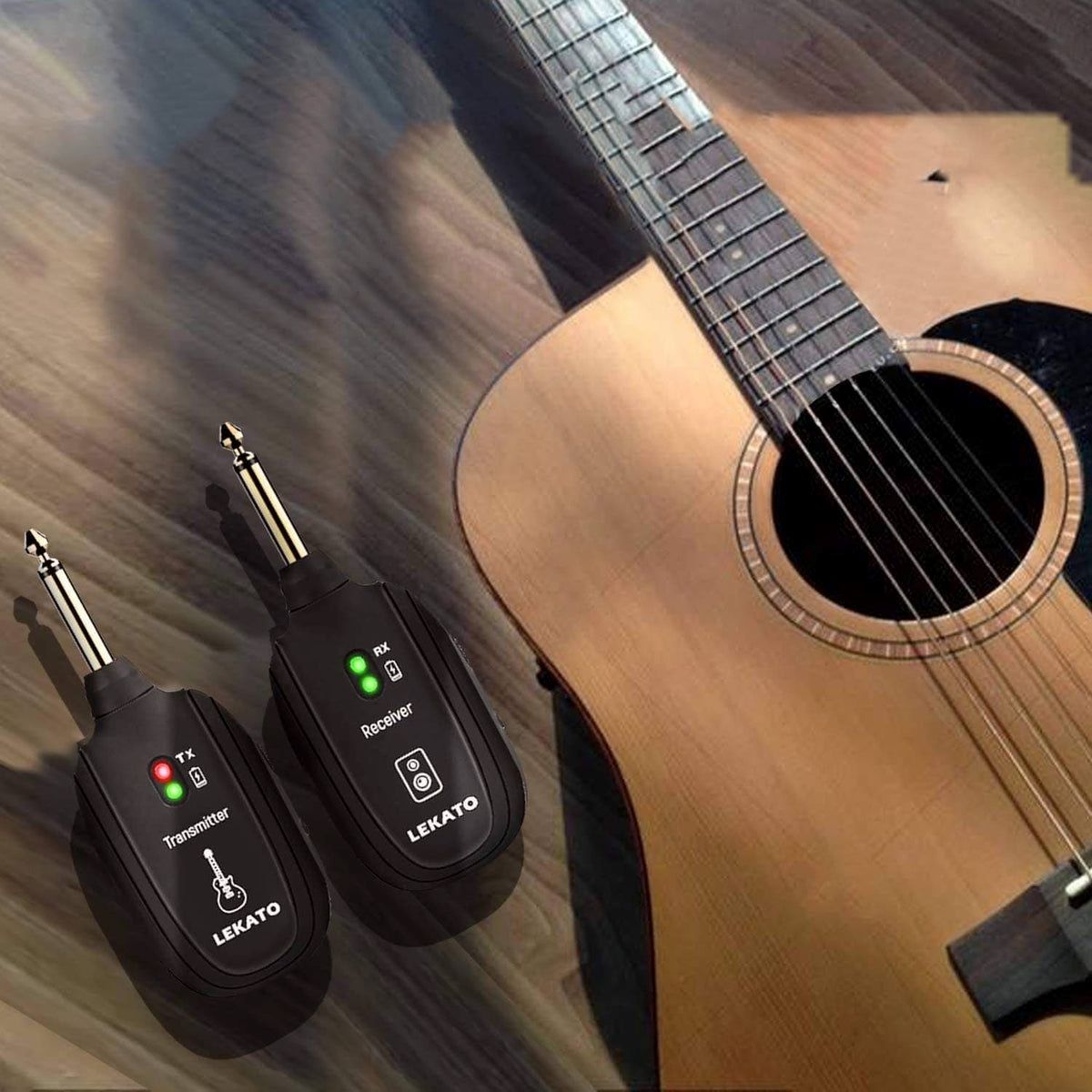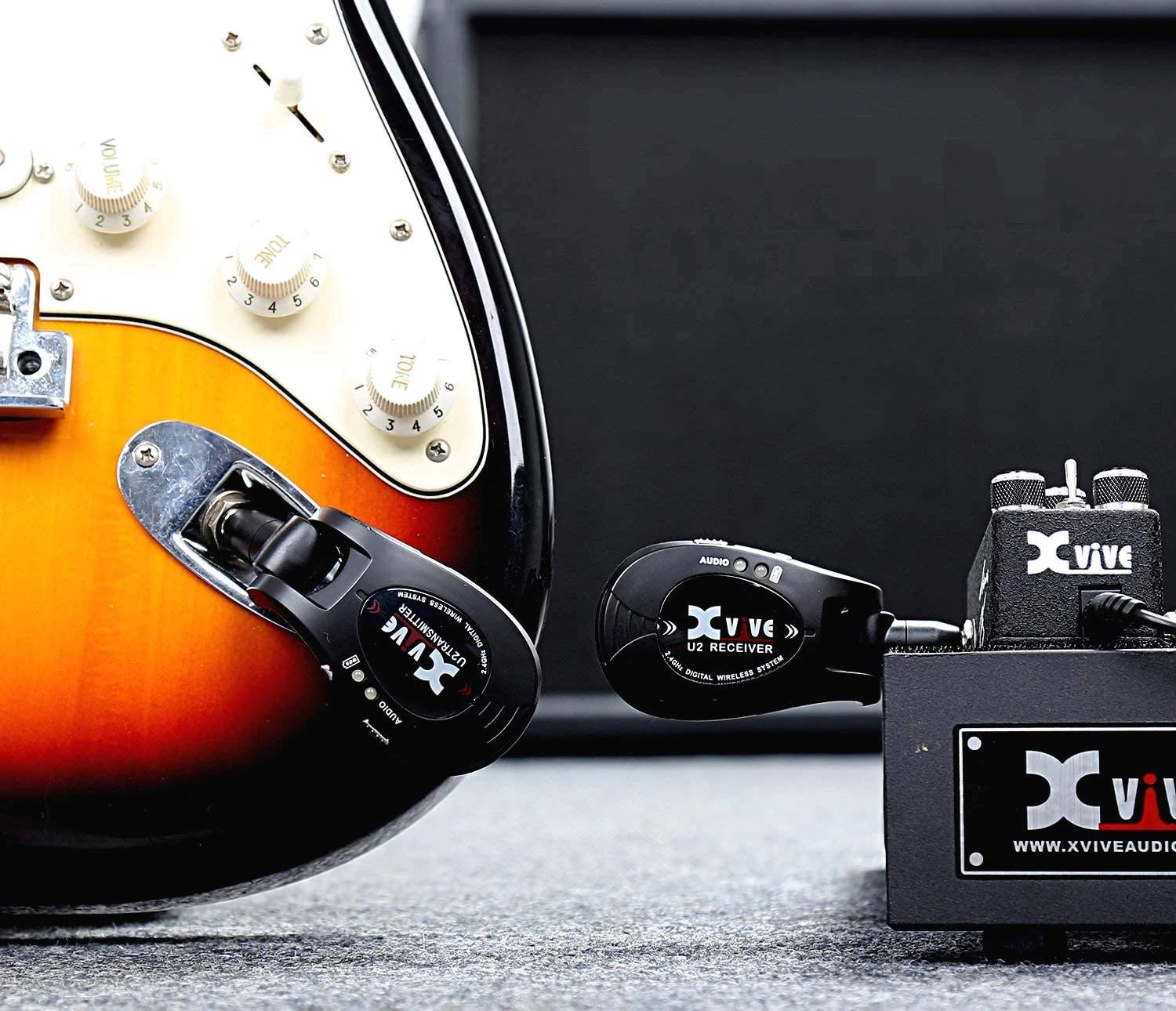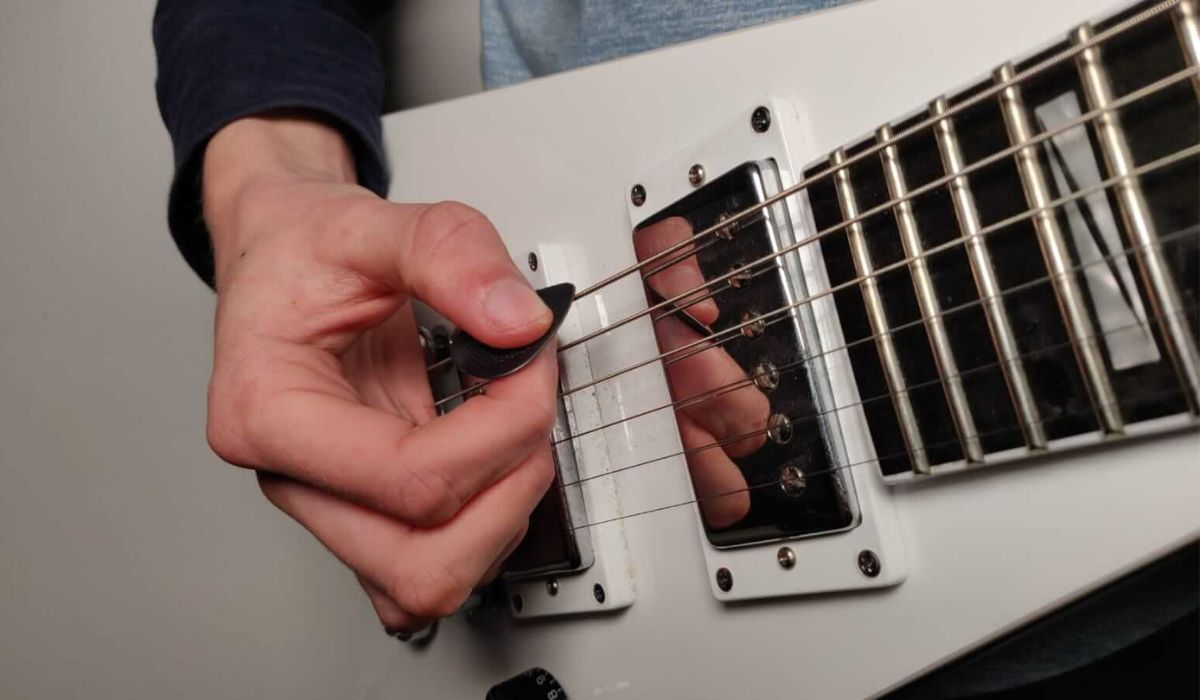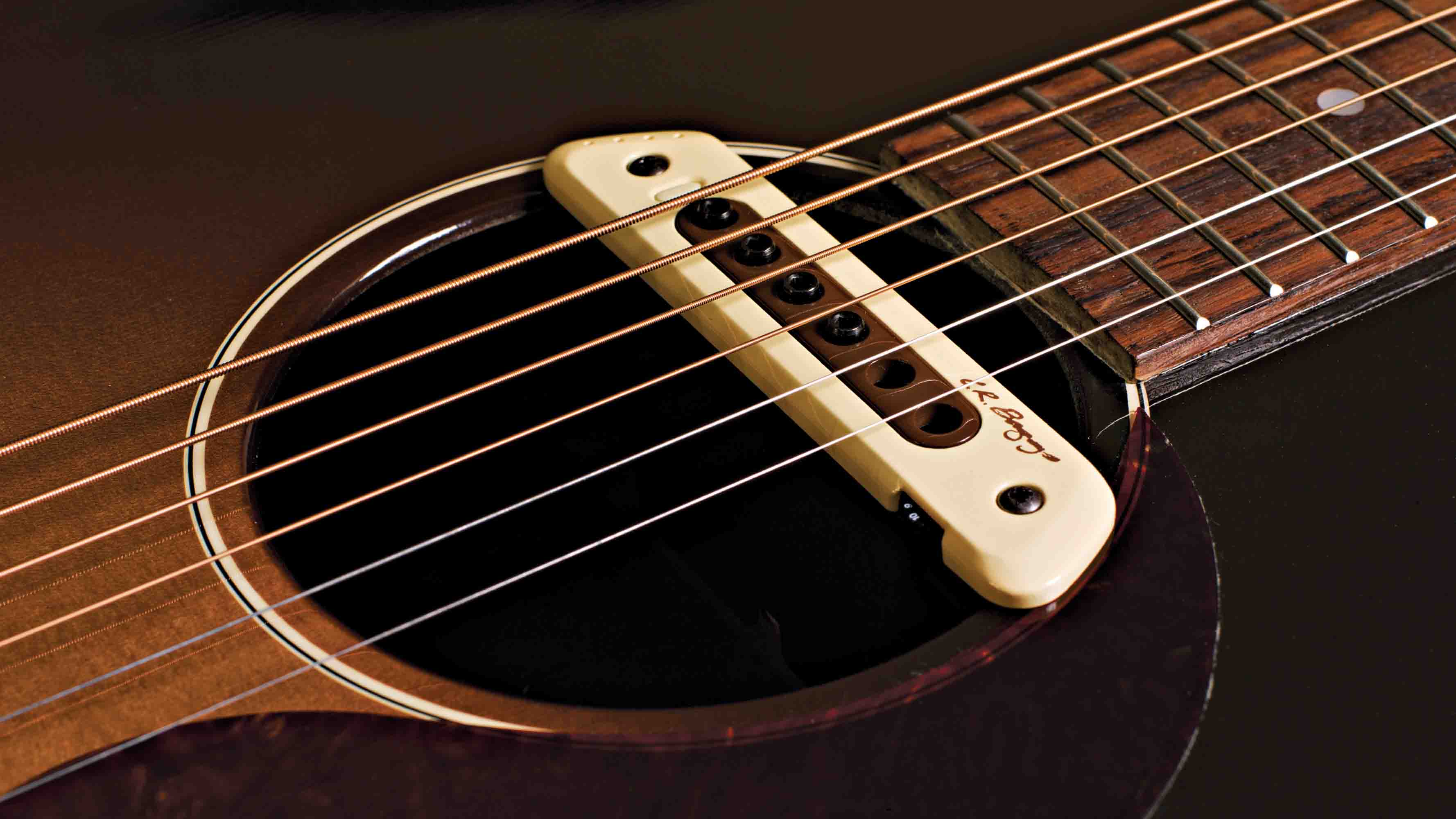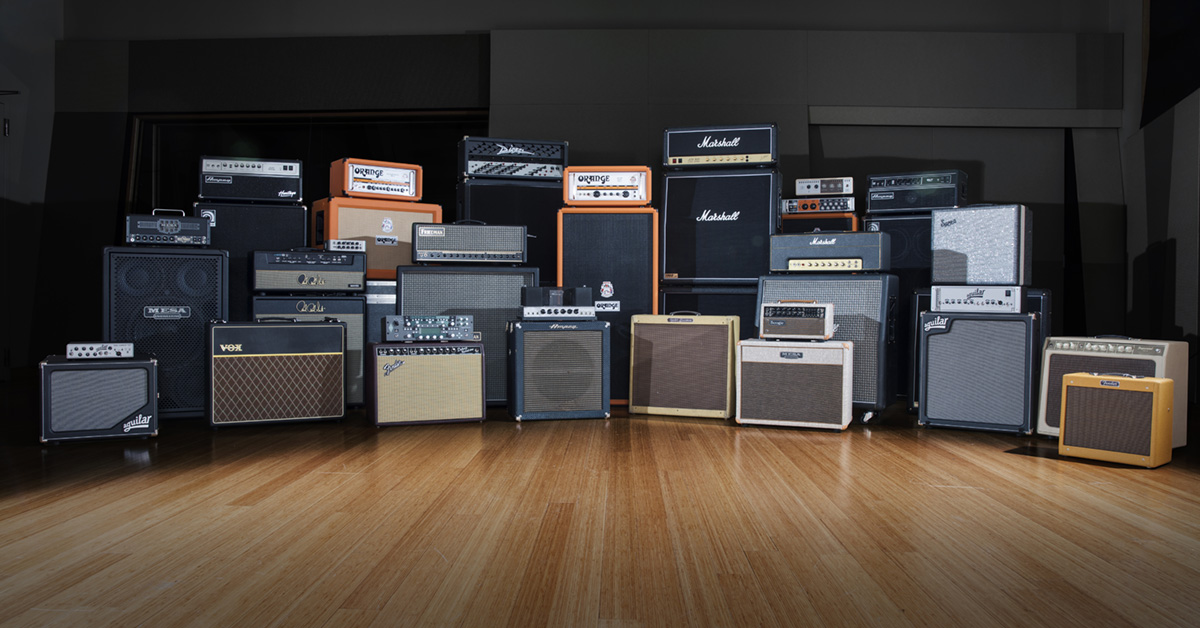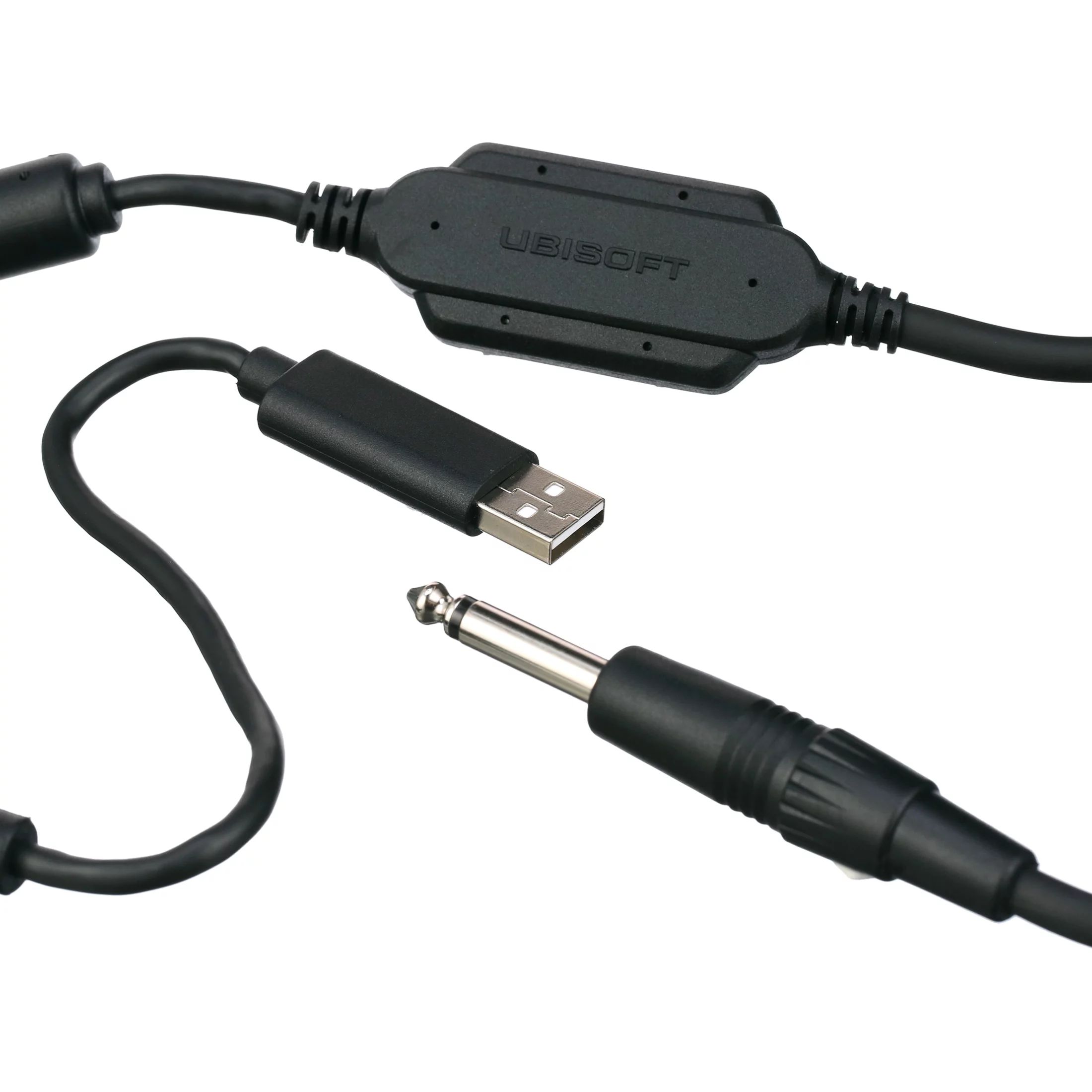Introduction
Electric guitars have been instrumental in shaping the sound of modern music. With their electrifying tones and versatility, electric guitars have become synonymous with rock and roll, blues, jazz, and a myriad of other musical genres. The distinctive sound of an electric guitar is a result of its unique construction, the amplification process, and the creative use of effects. Understanding the anatomy of an electric guitar, the role of amplifiers and effects, the different types of electric guitars, and the sound of an electric guitar in various genres can provide valuable insight into the sonic capabilities of this iconic instrument.
The electrifying sound of an electric guitar has captivated music enthusiasts for decades. From the soulful wails of blues to the high-energy riffs of rock, the electric guitar has left an indelible mark on the musical landscape. This article delves into the captivating world of electric guitars, exploring their anatomy, the amplification process, the diverse range of electric guitar types, and the unique sonic signatures they produce across different musical genres. Whether you are a seasoned guitarist, an aspiring musician, or a curious listener, understanding the sonic potential of electric guitars can deepen your appreciation for their profound impact on music.
The Anatomy of an Electric Guitar
Electric guitars are marvels of engineering, combining craftsmanship and technology to produce their iconic sound. The basic components of an electric guitar include the body, neck, fretboard, pickups, bridge, and tuners. The body of the guitar, typically made of wood, contributes to the instrument’s resonance and aesthetics. The neck, often crafted from maple or mahogany, provides the fretboard, where the player presses down on the strings to produce different notes. The pickups, located on the body under the strings, capture the vibrations and convert them into electrical signals. These signals are then sent to an amplifier for further processing.
The bridge, situated on the body of the guitar, anchors the strings and facilitates adjustments to their tension, affecting the instrument’s playability and intonation. The tuners, located on the headstock, allow the player to adjust the pitch of each string, ensuring accurate tuning. Additionally, electric guitars may feature tone and volume controls, allowing players to fine-tune the sonic characteristics of their instrument.
Furthermore, the type of wood used in constructing an electric guitar can significantly influence its sound. For instance, mahogany is known for its warm, resonant tones, while maple offers bright and articulate characteristics. The combination of these elements, along with the craftsmanship and design of the instrument, contributes to the distinctive sound of each electric guitar.
Understanding the intricate components of an electric guitar provides insight into the instrument’s sonic capabilities and the factors that contribute to its unique sound. The next section will explore the pivotal role of amplifiers and effects in shaping the electric guitar’s sonic landscape.
The Role of Amplifiers and Effects
Amplifiers and effects play a pivotal role in shaping the sonic character of an electric guitar. When the electrical signals from the guitar’s pickups are sent to an amplifier, they are magnified and projected as audible sound. The amplifier not only increases the volume but also imparts tonal characteristics that define the guitar’s sound. Different types of amplifiers, such as tube, solid-state, and digital, offer distinct tonal qualities, from warm and vintage to crisp and modern.
Moreover, effects pedals and processors further expand the sonic palette of electric guitars. From classic effects like reverb, delay, and distortion to more experimental and innovative effects, these devices allow guitarists to sculpt and manipulate their sound with precision. Whether creating ethereal atmospheres, searing lead tones, or rhythmic textures, effects pedals and processors empower musicians to craft unique sonic expressions.
Additionally, the combination of amplifiers and effects can dramatically transform the timbre and texture of the electric guitar, contributing to the vast array of sounds heard in various musical genres. The expressive capabilities of these tools enable guitarists to evoke emotions, convey narratives, and push sonic boundaries, enriching the musical experience for both performers and listeners.
Understanding the symbiotic relationship between electric guitars, amplifiers, and effects sheds light on the dynamic nature of the instrument’s sound. The subsequent section will delve into the diverse types of electric guitars and their sonic characteristics, further illuminating the instrument’s rich sonic tapestry.
Different Types of Electric Guitars
Electric guitars come in a diverse range of styles, each offering unique sonic attributes and visual aesthetics. Some of the most prominent types include solid-body, semi-hollow, and hollow-body guitars. Solid-body guitars, such as the iconic Fender Stratocaster and Gibson Les Paul, are known for their sustain, clarity, and versatility, making them popular choices across various genres, from blues to rock to metal.
Semi-hollow guitars, exemplified by models like the Gibson ES-335, blend the sustain of solid-body guitars with the warm resonance of hollow-body instruments. This hybrid design produces a rich, complex tone that is favored in jazz, blues, and rockabilly music. Hollow-body guitars, like the legendary Gibson L-5 and the timeless Gretsch White Falcon, offer a full, acoustic-like sound with pronounced warmth and resonance, making them ideal for jazz, swing, and blues genres.
Furthermore, the choice of pickups significantly influences the sonic characteristics of electric guitars. Single-coil pickups, found on guitars like the Fender Telecaster, deliver bright, articulate tones with a distinctive twang, while humbucker pickups, featured on guitars such as the Gibson SG, offer a thicker, more powerful sound with reduced noise and increased sustain. Additionally, the placement and configuration of pickups, along with the selection of tonewoods and hardware, contribute to the sonic identity of each guitar model.
Exploring the diverse types of electric guitars unveils the breadth of sonic possibilities inherent in these instruments. The subsequent section will delve into the captivating sound of electric guitars across different musical genres, showcasing their adaptability and expressive range.
The Sound of an Electric Guitar in Different Genres
The electric guitar’s sonic versatility is showcased vividly across a multitude of musical genres, each harnessing the instrument’s distinctive qualities to create unique sonic tapestries. In rock music, the electric guitar serves as a powerhouse, delivering searing riffs, blistering solos, and driving rhythms. From the gritty, overdriven tones of classic rock to the high-gain aggression of heavy metal, the electric guitar’s raw energy and dynamic range define the genre’s sonic landscape.
In blues, the electric guitar takes on a soulful persona, emitting emotive bends, expressive vibrato, and poignant licks. Whether delivering melancholic ballads or up-tempo shuffles, the blues guitar’s warm, expressive tones and evocative phrasing captivate listeners, conveying a profound sense of emotion and storytelling.
Jazz music embraces the electric guitar’s mellow warmth and articulate clarity, allowing it to weave intricate chord melodies, fluid improvisations, and sophisticated harmonies. From the laid-back comping of rhythm guitar to the lyrical musings of jazz solos, the electric guitar adds depth and sophistication to the genre’s rich harmonic palette.
Furthermore, in the realm of funk and R&B, the electric guitar assumes a rhythmic and percussive role, delivering tight, staccato chords, crisp, funky riffs, and expressive, wah-infused solos. Its ability to groove and punctuate the music with rhythmic accents and melodic fills solidifies its position as a cornerstone of the genre’s infectious, dance-inducing sound.
Country music embraces the twang and snap of the electric guitar, featuring lively, melodic picking, vibrant chord progressions, and emotive pedal steel-inspired bends. The instrument’s bright, lively timbre and spirited articulation define the genre’s signature sound, evoking images of open landscapes and heartfelt storytelling.
Across various other genres, including pop, reggae, indie, and beyond, the electric guitar’s adaptability and expressive range continue to leave an indelible mark, enriching musical compositions and performances with its diverse sonic characteristics.
Conclusion
The electric guitar stands as a paragon of sonic versatility, enriching the musical landscape with its diverse array of tones and textures. From the searing distortion of rock to the soulful resonance of blues, the electric guitar’s sonic prowess transcends genres, captivating audiences and inspiring musicians across the globe. Its unique construction, coupled with the amplification process and creative use of effects, imbues the instrument with an unparalleled ability to convey emotion, narrative, and raw energy.
As we unravel the anatomy of an electric guitar, explore the symbiotic relationship between amplifiers and effects, delve into the diverse types of electric guitars, and witness the instrument’s adaptability across different musical genres, it becomes evident that the electric guitar is not merely an instrument but a conduit for boundless creativity and expression.
Whether in the hands of a virtuosic soloist, a rhythmic accompanist, or an experimental innovator, the electric guitar continues to shape the sonic landscape of contemporary music, pushing boundaries, defying conventions, and evoking profound emotions. Its evolution and enduring relevance underscore its status as a cultural icon, perpetually resonating with new generations of music enthusiasts.
As we celebrate the electric guitar’s rich heritage and enduring legacy, we recognize its indelible impact on music and its unwavering ability to transcend cultural barriers, uniting audiences through the universal language of sound. The electric guitar’s sonic journey is an ever-unfolding narrative, weaving through the tapestries of genres, leaving an indelible imprint on the musical canvas, and inspiring generations to come.









